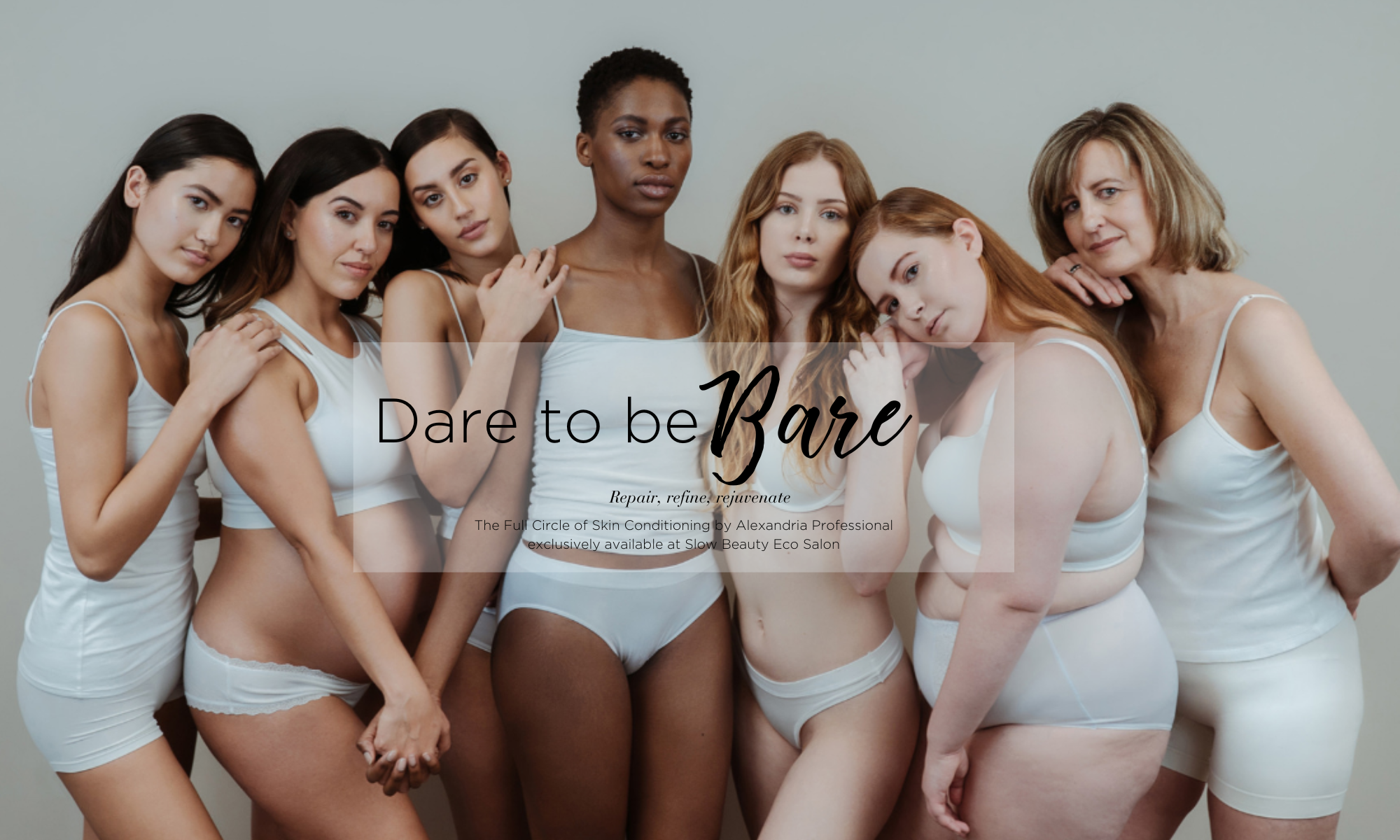Slow Beauty is proud to offer clients a professional certified organic tanning service, with no artificial or synthetic ingredients.
Eco Tan’s Professional, Tanning and Body Care range is:
- Certified Organic by the Organic Food Chain Australia, they are Accredited Toxic Free by Safe Cosmetics Australia
- Vegan (tanning and body care range only)
- Vegetarian (sunscreen)
- Accredited by Choose Cruelty Free
Spray Tanning 101: What you need to know
Slow Beauty Eco Salon uses Eco Tan Professional Spray Tanning Solutions in Rich Honey (for drier skins, producing gold bronze tones) and Two (for oilier skins, producing deep earthy brown tones).
Eco Tan is Australia’s first certified organic professional tanning solution for face and body and combines a luxurious blend of aloe vera and grape skin extract to instantly nourish and replenish dry skin. Free from synthetic food dyes, this solution uses natural cacao to deliver the most beautiful golden bronze tan every time. Eco Tan:
- develops over a period of 2+ hours
- is non sticky and fast drying
- is long lasting
- is nourishing and super hydrating
- fades gently and evenly
- contains Eco Certified DHA
- has been specially formulated to adapt to individual skin tones
- Lasts for approximately 7-10 days
- contains no artificial ingredients
- has no fragrance added
- contains an anti-cellulite ingredient and a free-radical scavenger to bring you the best possible treatment to your skin
- continues to develop in to a deep tan the longer it is left on, choose between a 2-6 hour wash-off time
BEFORE YOUR SPRAY TAN SESSION
The most important thing before getting a spray tan is to exfoliate, exfoliate, exfoliate. Exfoliating before a spray tan will greatly improve the quality of your tan and will ensure that the spray tanning solution applies evenly.
Pay particular attention to the dry areas of your body like your elbows and knees as well as the ankles and your feet. If your feet and toes are extra dry you can apply a little moisturiser to these areas just before your spray tan and this will stop a lot of the spray tan solution sticking to all the dry skin and making them look much darker.
Exfoliating will also make your tan last longer and fade more evenly as it removes any excess dead skin cells and leaves you with soft, fresh skin.
I recommend using the Extreme Exfoliant Glove and Pink Himalayan Salt Scrub to prepare the skin prior to tanning for best results.
Extra spray tan tip: Shaving is best done between 8 and 24 hours prior to your spray tan and waxing must be done at least 24 hours prior.
TO YOUR SPRAY TAN SESSION
Do not wear any moisturiser or deodorant, make-up or perfume to your spray tanning session.
The first hour is the most crucial because this is when most of the tan develops so our garments are the perfect solution for you.
Whilst your tan is developing avoid any activity that would cause sweating as this could result in lines and uneven tanning.
AFTER SPRAY TAN CARE AND MAINTENANCE
When you are ready to shower, wash with a mild moisturising shower gel, preferably SLS free. Normal soaps can often be a little harsh and strip the skin and in doing so remove your tan a lot quicker. I recommend using Eco Tan’s Foaming Body Wash or Coconut & Mint Body Wash, available from Slow Beauty Eco Salon. Always pat your skin dry, do not rub the skin.
The most important thing after a spray tan is to hydrate, hydrate, hydrate. This will greatly improve the life and the look of your spray tan. I recommend Eco Tan’s Coconut Body Milk to extend the life of your tan.
Extra spray tan tip: Swimming in chlorinated pools may contribute to your spray tan fading quicker than normal.





